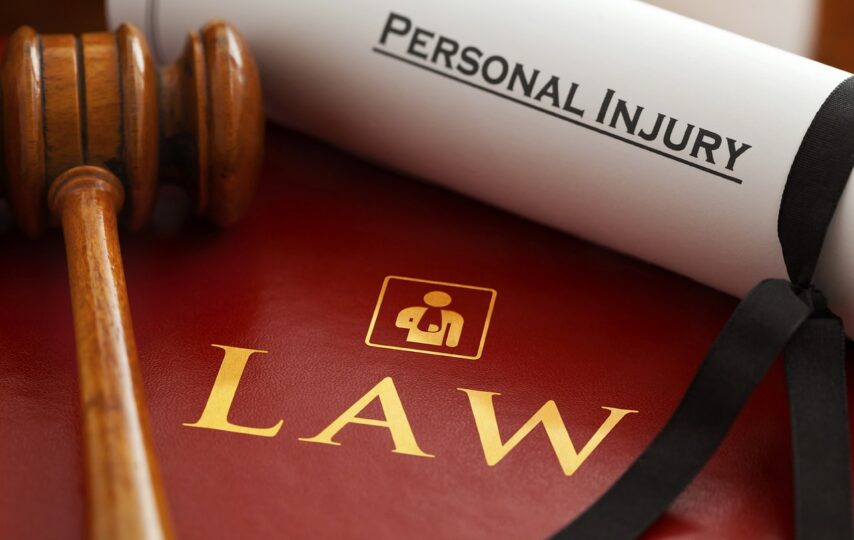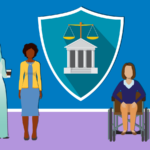Experiencing a personal injury can be life-changing, leaving you with physical pain, emotional distress, and financial burdens. Whether it’s a car accident, a slip-and-fall incident, or another type of negligence, understanding how to build a strong personal injury case is essential to securing the compensation you deserve. This guide outlines key steps and strategies to help residents of Manhattan Beach navigate their personal injury claims effectively.
Step 1: Understand the Basics of Personal Injury Law
A personal injury claim arises when an individual is harmed due to another party’s negligence or intentional wrongdoing. In California, the process for pursuing compensation involves proving the following elements:
- Duty of Care: The defendant owed you a legal duty to act responsibly, such as driving safely or maintaining a hazard-free property.
- Breach of Duty: The defendant violated this duty through negligent or reckless actions.
- Causation: The breach of duty directly caused your injuries.
- Damages: You suffered losses, including medical expenses, lost wages, or pain and suffering, as a result of the injury.
Having a clear understanding of these elements will help guide your actions and decisions as you work on your case.
Step 2: Seek Immediate Medical Attention
Prompt medical care is crucial not only for your health but also for your legal case. Even if your injuries seem minor, a thorough evaluation can uncover underlying issues that may become more severe over time.
Why Medical Documentation Matters:
- It provides evidence of your injuries and links them directly to the incident.
- Insurance companies are less likely to dispute claims with consistent medical records.
- Following your doctor’s treatment plan shows you are taking your recovery seriously.
For residents of Manhattan Beach, seeking care at a local hospital or urgent care center ensures that your injuries are documented early, strengthening your claim.
Step 3: Document the Incident Thoroughly
Building a strong personal injury case requires clear and convincing evidence. Gathering and preserving evidence immediately after the incident can significantly impact your ability to prove fault and damages.
Key Evidence to Collect:
- Photos and Videos: Capture the accident scene, any visible injuries, and property damage.
- Witness Information: Obtain the names and contact details of anyone who witnessed the incident.
- Police or Accident Reports: Official reports provide an unbiased account of the event and can be valuable in establishing fault.
- Personal Notes: Keep a journal detailing your pain levels, medical appointments, and how the injury affects your daily life.
The more evidence you collect, the stronger your case will be when negotiating with insurers or presenting your claim in court.
Step 4: Avoid Common Pitfalls
It’s easy to make mistakes that can weaken your personal injury case, especially if you’re unfamiliar with the legal process. Being aware of these pitfalls can help you avoid them:
- Delaying Medical Care: Insurance adjusters may argue that your injuries are unrelated to the accident if there is a delay in seeking treatment.
- Posting on Social Media: Photos or statements about the accident or your recovery can be used against you by insurance companies.
- Accepting a Quick Settlement: Initial offers are often lower than what you deserve. Consulting with an attorney before accepting any offers ensures your rights are protected.
Step 5: Understand California’s Comparative Negligence Law
California follows a pure comparative negligence rule, meaning that compensation is reduced based on the percentage of fault assigned to you.
For example, if you were in a car accident in Manhattan Beach and found 25% at fault, your compensation would be reduced by that percentage. Understanding this law is critical, as insurance companies may try to assign a higher degree of blame to minimize payouts.
Step 6: Work with a Qualified Personal Injury Lawyer
While it’s possible to handle a personal injury claim on your own, hiring an experienced attorney greatly increases your chances of a favorable outcome.
How a Lawyer Can Help:
- Evaluate Your Case: A lawyer will assess the strength of your claim and calculate the compensation you’re entitled to.
- Gather Evidence: Attorneys have the resources to collect additional evidence, such as surveillance footage or expert witness testimony.
- Negotiate with Insurers: Insurance companies are more likely to offer fair settlements when dealing with skilled legal representation.
- Navigate Legal Complexities: From filing deadlines to legal paperwork, an attorney ensures all aspects of your case are handled correctly.
If you’re in Manhattan Beach, consulting with a trusted legal team, such as Gammill Law, can provide the expertise and guidance needed to navigate your claim.
Step 7: Calculate the Full Value of Your Damages
Personal injury cases often involve multiple types of damages, which must be accurately calculated to ensure fair compensation.
Types of Damages:
- Economic Damages: These include tangible costs such as medical bills, lost wages, property damage, and future treatment expenses.
- Non-Economic Damages: These compensate for pain and suffering, emotional distress, and loss of enjoyment of life.
- Punitive Damages: In cases involving gross negligence, courts may award punitive damages to penalize the defendant.
Working with an attorney ensures that all aspects of your damages are thoroughly documented and included in your claim.
Step 8: Prepare for Negotiations
The majority of personal injury cases are resolved through negotiations with insurance companies rather than going to court. However, insurance adjusters often aim to minimize payouts, so being prepared for negotiation is crucial.
Tips for Successful Negotiations:
- Present strong evidence to back your claims.
- Be patient and avoid accepting the first offer.
- Have a clear understanding of the value of your case.
If negotiations fail to result in a fair settlement, your attorney can take the case to trial and advocate on your behalf.
Step 9: Meet Legal Deadlines
In California, personal injury claims are subject to a statute of limitations, which is generally two years from the date of the accident. Missing this deadline can result in losing your right to pursue compensation.
For claims involving government entities, such as a city bus accident, the deadline is much shorter—typically six months. Ensuring all paperwork is filed on time is essential, which is another reason why hiring an attorney is so important.
Final Thoughts
Building a strong personal injury case requires careful planning, thorough documentation, and an understanding of the legal process. From seeking immediate medical attention to navigating complex legal issues, each step plays a crucial role in securing the compensation you deserve.
For residents of Manhattan Beach, working with a dedicated personal injury attorney, like those at Gammill Law, can make the process less overwhelming. By partnering with legal professionals, you can focus on your recovery while ensuring your case is handled with care and expertise.
If you’ve been injured in Manhattan Beach, don’t navigate the process alone. Take proactive steps to protect your rights and secure the compensation you need to rebuild your life.








